Memorial of Song Qinglings Former Residence in Shanghai
Memorial of Song Qinglings Former Residence in Shanghai
Song Qingling's former residence in Shanghai is the place where Song Qingling lived and lived for a long time. Qingling came to live here in the spring of 1949 and ushered in the liberation of Shanghai. In August 1949, it was here that Song Qingling accepted the invitation of the Communist Party of China, went north to attend the Chinese People's Political Consultative Conference, participated in the formulation of the policy for the founding of the People's Republic, and was elected Vice-Chairman of the Central People's Government. After the founding of the People's Republic of China, she often met and banqueted visiting dignitaries in this apartment, actively promoted Sino-foreign exchanges and safeguarded international justice. The cultural and welfare undertakings for women and children and the publications for foreign propaganda created by her are also brewed and planned here. After Song Qingling died in Beijing in 1981, she lived here as her former residence in Shanghai. On June 25, 2001, the former residence of Song Qingling in Shanghai was announced by the State Council as a national key cultural relic protection unit.
Collection introduction
Song Qingling's former residence in Shanghai is located at 1843 Huaihai Zhonglu (formerly 1803 Linsen Zhonglu), covering an area of 4333 square meters. An ivory pseudo-three-storey building is situated in the center of the courtyard, surrounded by more than 30 centuries-old camphors, green onions and evergreen throughout the year.
The interior layout of the main building is simple and elegant, and the garden environment is elegant and quiet. Looking at the precious furnishings in the exhibition halls and strolling in the quiet garden, I can still feel Song Qingling's voice, smile and immortal demeanor.
The museum contains more than 15,000 Song Qingling cultural relics, including photographs, correspondence, Song Qingling's University diploma, books, daily necessities, gifts for state affairs, Song Qingling's relatives and Sun Yat-sen seals carefully preserved by Song Qingling after suffering.
In October 1981, the memorial hall of Song Qingling's former residence in Shanghai was unveiled and opened to the public since 1988.
architectural composition
Room layout
The lounge on the first floor shows Song Qingling's favorite works of art in the simple and elegant hall.
The living room on the first floor
The living room is the main place for Song Qingling to meet with Party and state leaders and distinguished guests from all over the world.
The dining room on the first floor
In this simple and unadorned restaurant, Song Qingling once feasted visiting dignitaries from all over the world.
The bedroom on the second floor
The rattan furniture in the bedroom was a dowry given to her by Song Qingling's parents. The eight-tone clock on the fireplace was used by Dr. Sun Yat-sen and stayed forever at the time of his death.
The office is where Song Qingling reviews documents and handles state affairs. Playing the piano here is one of her favorite leisure activities after work.
The exhibition hall
May 29, 1997, is the 16th anniversary of Song Qingling's death. On this day, the Song Qingling Cultural Relics Museum was completed and opened in the former residence courtyard. The exhibition hall of the Museum covers an area of 184 square meters. It takes the life of Song Qingling as a clue and the original display of cultural relics as its characteristics, reflecting the glorious life of Song Qingling from different angles.
The Marble statue
January 27, 2003, is the 110th anniversary of the birth of Song Qingling. On that day, the statue of Han Baiyu of Song Qingling was completed and unveiled in the Memorial Square of his former residence. The statue shows her image between fifty and sixty years old, very dignified and kind.
Lawn introduction
In May 1956, Song Qingling met with representatives of the Council of the International Federation of Democratic Women on the lawn of her former residence. South Lawn covers an area of 2200 square meters. Song Qingling often takes a walk here, and holds tea parties here many times to entertain international friends who come to China to visit.
Historical evolution
Song Qingling's former residence in Shanghai was built in 1920 and changed ownership many times. It was originally the villa of Bauer, a Greek ship owner who operated inland river shipping in China, and was transferred to German doctor Felsili.
In 1929, it was bought by Zhu Boquan, a businessman. After the victory of the War of Resistance Against Japan, Zhu Boquan was accused of being rebellious. His property was confiscated by the National Government. The house was first inhabited by Jiang Weiguo and then hosted by the Central Trust Bureau.
After the victory of the War of Resistance Against Japan in 1945, Song Qingling transferred the 29 residence of Moliere Road to the National Government for the purpose of Sun Yat-sen Memorial, and the temporary residence was relatively simple. According to Chiang Kai-shek's instructions, the Executive Yuan of the National Government allocated the residence to Song Qingling for use, and its property rights were also owned by Song Qingling.
Qingling moved from No. 45 Jingjiang Road in the spring of 1949 and ushered in the liberation of Shanghai.
In August 1949, at the invitation of Mao Zedong and Zhou Enlai, Song Qingling went to Beijing from Shanghai to attend the First Plenary Session of the Chinese People's Political Consultative Conference and the Founding Ceremony. She witnessed the birth of New China and was elected Vice-President of the Central People's Government. In the following years, Song Qingling has successively served as Vice-Chairman of the Standing Committee of the National People's Congress, Vice-Chairman of the National Committee of the Chinese People's Political Consultative Conference and Vice-Chairman of the People's Republic of China, and has become an important leader of the Party and the country. In addition, she also serves as Chairman of the Executive Committee of the Chinese People's Relief Association, Honorary Chairman of the All-China Women's Federation, Chairman of the National Committee for the Defence of Children of the People's Republic of China, Chairman of the Regional Peace Liaison Committee for Asia and the Pacific, Vice-Chairman of the Sino-Soviet Friendship Association and other important positions, and has long directly led the work Therefore, the residence 1843 of Huaihai Middle Road in Shanghai is not only the residence of Song Qingling, but also an important place for her to handle government affairs and engage in state affairs. Song Qingling met with Mao Zedong, Zhou Enlai, Liu Shaoqi, Chen Yi, Deng Yingchao and other party and state leaders, as well as with foreign heads of state and distinguished guests such as Sukarno, Kim Il Sung, Voloshilov, Wunu, Radakrishnan and Mrs. Bandaranaik.
Since April 1963, because of inconvenience of work, age and other factors, Song Qingling no longer traveled north and south, so he took No. 46, Houhai Beiyan, Beijing, as his main residence. However, Song Qingling is still very attached to her residence in Shanghai. As long as conditions permit or on New Year's Day, she will definitely come back to live for a period of time.
Song Qingling returned to Shanghai for the Spring Festival on December 31, 1978, and returned to Beijing at the end of February. She lived for three months before and after her return to Shanghai for the last time.
After Song Qingling died in Beijing on May 29, 1981, her apartment in Shanghai was reorganized and opened to the outside world in October of the same year. On October 22, 1988, the former residence of Song Qingling in Shanghai was declared as a cultural relic protection unit by the Shanghai Municipal People's Government. In May 1988, the former residence was opened to the public and became one of the important patriotic education bases in Shanghai.
On June 25, 2001, the former residence of Song Qingling in Shanghai was announced by the State Council as the fifth batch of national key cultural relics protection units.
Renovation of collections
The main building of the former residence was renovated twice in 1990 and 2006.
In 2018, with the approval of the higher management department, the memorial hall was closed again for protective renovation.
On January 27, 2019, the Song Qingling Memorial Hall in Shanghai has completed the latest round of protective renovation projects and officially opened to the public. There are more than 500 cultural relics on display in the main building of the former residence, including Song Qingling's work and daily necessities, collections and so on, which has high historical research value.
Treasures in Holdings
There are more than 13,000 cultural relics in the collection. The basic display of the memorial hall is represented by the main building of the former residence. The main building was built in 1920, and its interior furnishings remain the same as those of Song Qingling. Auxiliary Chen Chengling Cultural Relics Museum, built in 1997, takes Song Qingling's life and residence life as the main line, exhibits precious cultural relics such as Sun Yat-sen and Song Qingling's manuscripts, letters, photographs and daily necessities . Picture references in the album
Seal of Marshal of the Army and Navy of the Republic of China
Stone, 13.4 cm high, 7.3 cm long side.
On March 2, 1923, Sun Yat-sen set up the headquarters of Grand Admiral of Army and Navy in Guangzhou Agricultural and Forestry Test Site. He issued various decrees in the name of Grand Admiral of Army and Navy of the Republic of China. He commanded the armies and established the revolutionary regime in Guangdong for the third time. From the various decrees issued by Sun Yat-sen in the Communiquy of the Grand Admiral of the Army and Navy, which was compiled and issued by the Secretariat of the base camp, it has been in operation since January 2, 1924.
The Seal of the Headquarters of the Chinese Revolutionary Party
Stone, eleven centimeters high, 6.3 centimeters long side.
After the failure of the Second Revolution, Sun Yat-sen set up the Chinese Revolutionary Party in Tokyo, Japan, on July 8, 1914, and served as Prime Minister, in order to fight against Yuan Shikai and rebuild the Democratic republic. The headquarters of the Chinese Revolutionary Party (CRP) is the center of its leadership, and its address is located in Tokyo. The "Seal of the Headquarters of the Chinese Revolutionary Party" was immediately at that time. After Yuan Shikai's death in 1916, the headquarters of the Chinese Revolutionary Party moved to Shanghai. On October 10, 1919, Sun Yat-sen renamed the Chinese Revolutionary Party the Kuomintang, "All seals, seals... Change to the name of the Kuomintang of China. This seal is not used.
The BMI chart
Paper, 120 cm in length and 54 cm in transverse.
In 1945, Xu Beihong, a famous painter, presented Song Qingling's "two horses" .
Letter from Lu Xun to Song Qingling and Cai Yuanpei on January 21, 1933
Chinese, paper, 26.1 cm in length, 16.9 cm in breadth, 1 page, with envelope.
On January 21, 1933, in order to rescue Huang Ping, a member of the Communist Party, Lu Xun wrote to Song Qingling and Cai Yuanpei, asking them to telegraph Huang Ping's Tianjin Public Security Bureau to "preside over justice" and announce the message in the newspaper, "so as not to die of indifference." When Song Qingling and Cai Yuanpei received the letter, the Chinese Civil Rights Protection League questioned the government and ignored it. Song Qingling and Cai Yuanpei also refused to meet Huang Ping. Under pressure, the government was forced to agree to Song Qingling's meeting with Huang Ping. On April 6, Song Qingling met Huang Ping at Yangzi Hotel in Nanjing to find out the situation and confirm that he had rebelled.
The envelope address "No. 335 Albert Road" is the mistake of "No. 331 Albert Road". It is the address of the Shanghai Office of the Academy of Central Research, which is called the International Publications Exchange Office of the Academy of Central Research. Cai Yuanpei was then president of the Academy of Central Studies. Cai Yuanpei wrote on the envelope: "Please call Tianjin Public Security Bureau before checking Mr. Yu Tang's telegram. He requests that it be handled according to law and announces the newspaper. It is still issued by the National Committee."
Huang Ping (1901-1981), a native of Hankou, Hubei Province, studied in the Soviet Union in 1923 and joined the Communist Party of China the following year. In 1928, he attended the Sixth National Congress of the Communist Party of China and the Sixth National Congress of the Communist International held in Moscow, and was elected by-election to the Third Plenary Session of the Sixth Central Committee of the Communist Party of China. Arrested in Tianjin at the end of 1932, he was deported to Nanjing a few days later and degenerated into a traitor. After he was released from prison, he taught in Suzhou and Fudan University in Shanghai after liberation.
Qi Baishi's Ink Painting
Paper, 137.5 cm in length and 33 cm in transverse.
"Baishi Mountain Personnel System", Sheet Mark. Song Qingling Collection.
Qi Baishi (1864-1957), formerly Chunzhi, Weiqing, later renamed Juan, Baishi, also known as the owner of mountain libraries, Baishishan people, Hunan Xiangtan people, a famous Chinese painter. Carving woodworker originated, half-way learning painting, good flowers, birds, grass and insects, as well as poetry, seal carving, calligraphy. He has successively served as Professor of Peiping National Art College, Honorary Professor of Central Academy of Fine Arts, Honorary President of Beijing Academy of Painting and Chairman of Central Artists Association.
Jim car
Stalin presented Song Qingling's "Jim" special car with six cylinders, manual gearing, engine number 601872, frame number 01796, which was produced by the Soviet Union's Im Molotov Automobile Factory in 1952. By the mid-1970s, Song Qingling had been using the car in Shanghai. The number plate is 08-01405. Jim car is one of the advanced bullet-proof cars specially designed and manufactured by the Soviet government for the leaders of the Soviet Party and the state. In 1952, the Soviet government gave several "Jim" cars to Chinese Party and state leaders.
Song Qingling's Self-Defense Pistol
"Destroyer" brand, made in Spain, 2.25 caliber (6.35 mm), bullet capacity 7 rounds.
Song Qingling's inscriptions on Children's Age
Paper, 16.8 cm in length and 31 cm in transverse direction.
On April 26, 1958, in celebration of the upcoming International Children's Day, Song Qingling inscribed a speech for the children of New China, calling on them to cherish happiness and create happiness.
Seal of China Civil Rights Guarantee Alliance
The China Civil Rights Guarantee League was founded by Song Qingling in Shanghai in December 1932. It is a social organization specializing in the protection and rescue of political prisoners, combating torture and fighting for civil rights. Song Qingling is the chairman and Cai Yuanpei is the vice-chairman.
Signature Letter from Bethune Hospital
In 1944, the staff of Bethune Hospital in Yan'an wrote a collective signature letter to Song Qingling, thanking her for her support and assistance to the hospital, including the signatures of Liu Bocheng, Chen Geng and other leaders of the Eighth Route Army.
Stalin International Peace Award
In 1951, Song Qingling was awarded the Stalin Prize for Consolidating International Peace. She donated 100,000 roubles to China Welfare Association and founded Shanghai International Peace Maternal and Child Health Hospital.
Visit Guidance
Address:
1843 Huaihai Middle Road, Shanghai
Opening Hours:
9:00-16:30 per day
Ticket Price:
Adult 20 yuan/person, Group 15 yuan/person
10 yuan per student, 5 yuan per student group
In September 2015, at the initiative of the China Tourist Scenic Area Association, a promise of "no increase in ticket prices" was signed.
Transportation:
Bus routes 26, 44, 48, 72, 911, 920 and 926 Rail transit lines 1 and 10
Visit regulations:
The main building of Song Qingling's former residence is open in fixed time and batches. Please enter the main building according to the time marked on the ticket, and pay attention to the following items:
Please follow the instructor and visit the main building according to the scheduled route.
After entering the room, please take care of the cultural relics and do not touch the exhibits.
Please keep quiet during the visit and do not go beyond the barrier.
In order to protect cultural relics, please do not take photos or videos indoors.
After the visit, please do not stay indoors, so as not to affect the next group of tourists.
The Former Residence Memorial Hall of Song Qingling in Shanghai is located at 1843 Huaihai Middle Road. It is an important place for the great man Song Qingling to live and engage in state affairs for a long time. The former residence covers a total area of more than 4300 square meters and is divided into front garden, main building and back garden. The main building is a Western-style fake three-storey building with brick and wood structure. It was built in the early 1920s. The stratum is sitting room, dining room and study. The second floor is Song Qingling's bedroom, office and nurse Li Yan'e's bedroom. Nowadays, the furnishings in the former residence are still the same as those in Song Qingling's lifetime. In the courtyard, the trees are green and grass are abundant. Although it is adjacent to Huaihai Road, it seems that we can still feel the great man's voice, smile and immortal demeanor while walking quietly in the bustle.
Born in Shanghai on January 27, 1893, Song Qingling is a great fighter of patriotism, democracy, internationalism and communism, and one of the greatest women in the twentieth century. Song Qingling's former residence in Shanghai is the place where she lived for the longest time in her life, leaving behind many precious historical moments and a large number of cultural relics. In 1949, Song Qingling accepted the invitation of the Communist Party of China and went north to attend the Founding Ceremony and the First Chinese People's Political Consultative Conference. He was elected Vice-Chairman of the Central People's Government and participated in the formulation of the country's major policies. She often holds various state activities in her former residence, meets and banquets with visiting dignitaries of various countries, promotes Sino-foreign exchanges and maintains world peace. She also met with many party and state leaders in her former residence, such as Mao Zedong, Liu Shaoqi, Zhou Enlai, Zhu De, Chen Yi and Deng Xiaoping. Song Qingling died in Beijing on May 29, 1981. As her former residence in Shanghai, Song Qingling was opened to the outside world for future generations to admire. In 2001, she was approved by the State Council as a key cultural relic protection unit in China and a patriotic education base in Shanghai.
The memorial hall is free of tickets for group visits of middle and primary school students, half-ticket for individuals, and tickets for minor children are free for parents with minor children. At the same time, we hold ceremonial activities for young people, such as adults aged 18, joining the team, joining the League and joining the Party, providing free venues and help.
Address: 1843 Huaihai Middle Road, Xuhui District
Zip code: 200030
Opening hours: 9:00-16:30
Public Transport: Bus 911, 920, 926, 945, 126, Rail Transit Line 1
Pictures From:
http://bbs.fengniao.com/forum/2762961.html
http://bbs.fengniao.com/forum/10370238.html
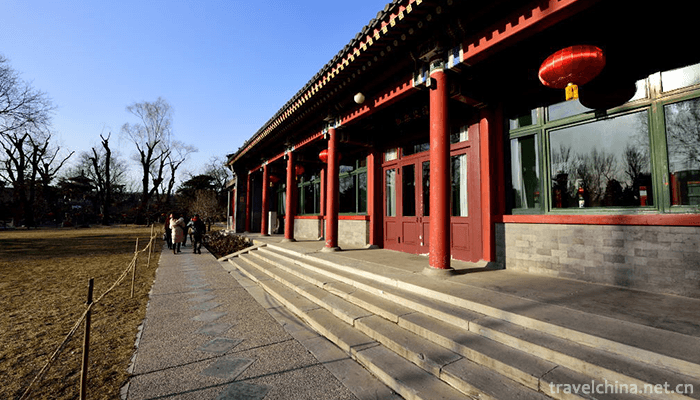
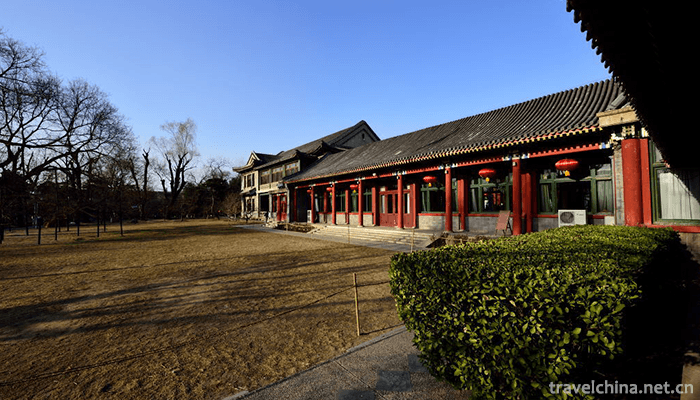
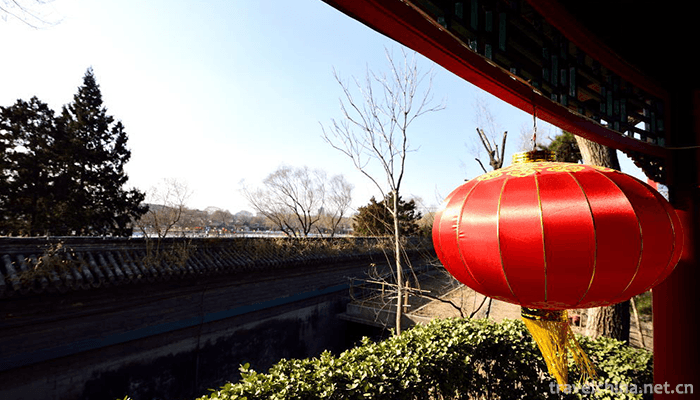
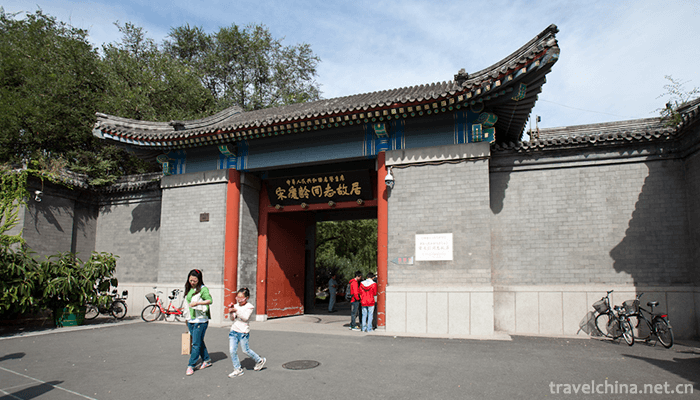
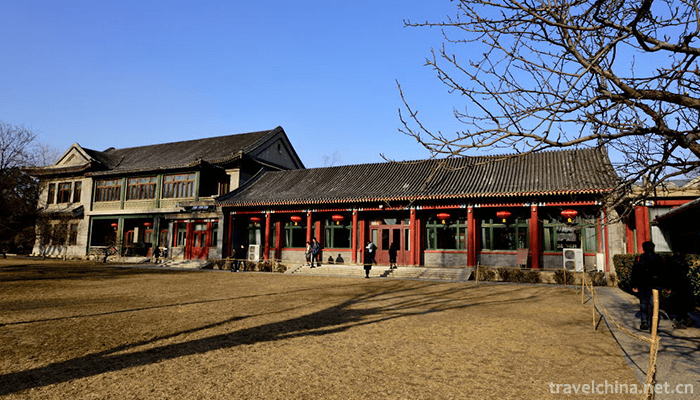
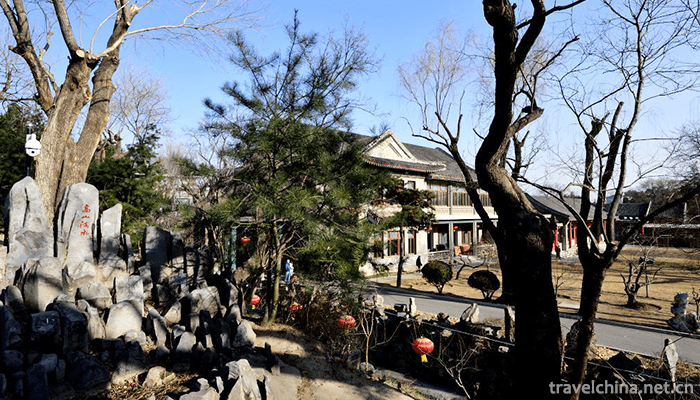
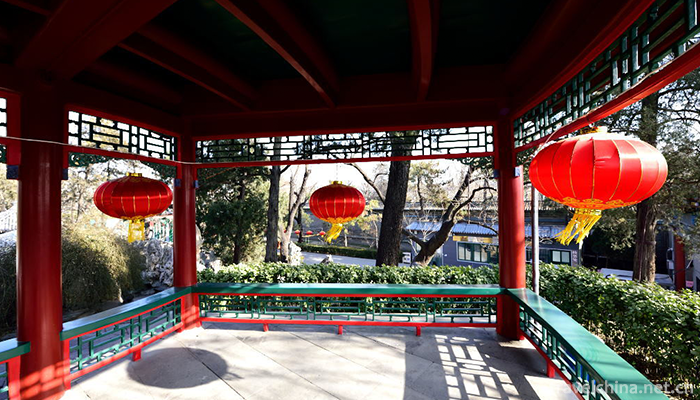
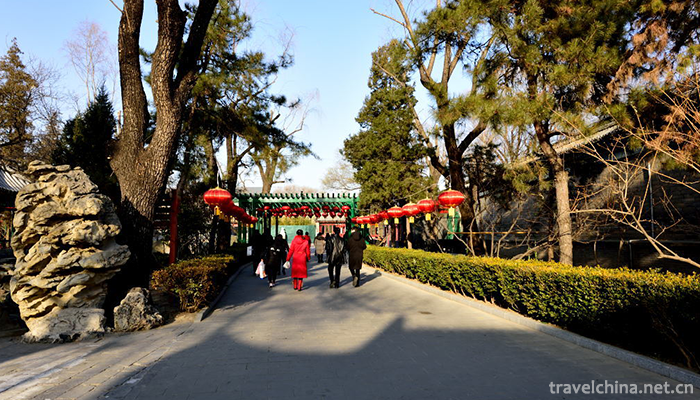

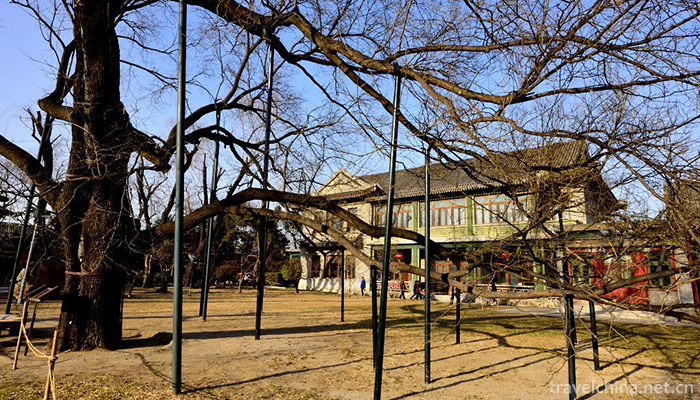
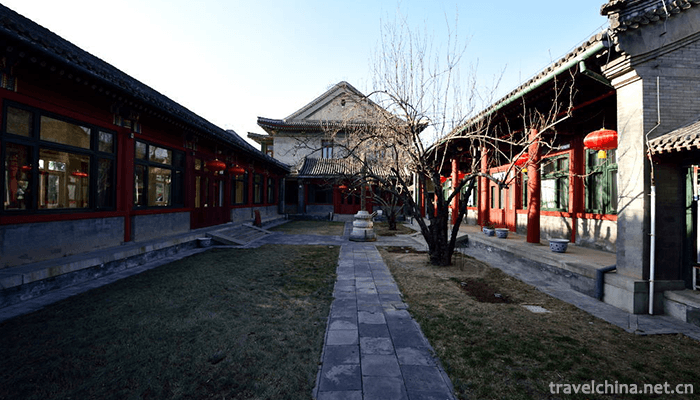
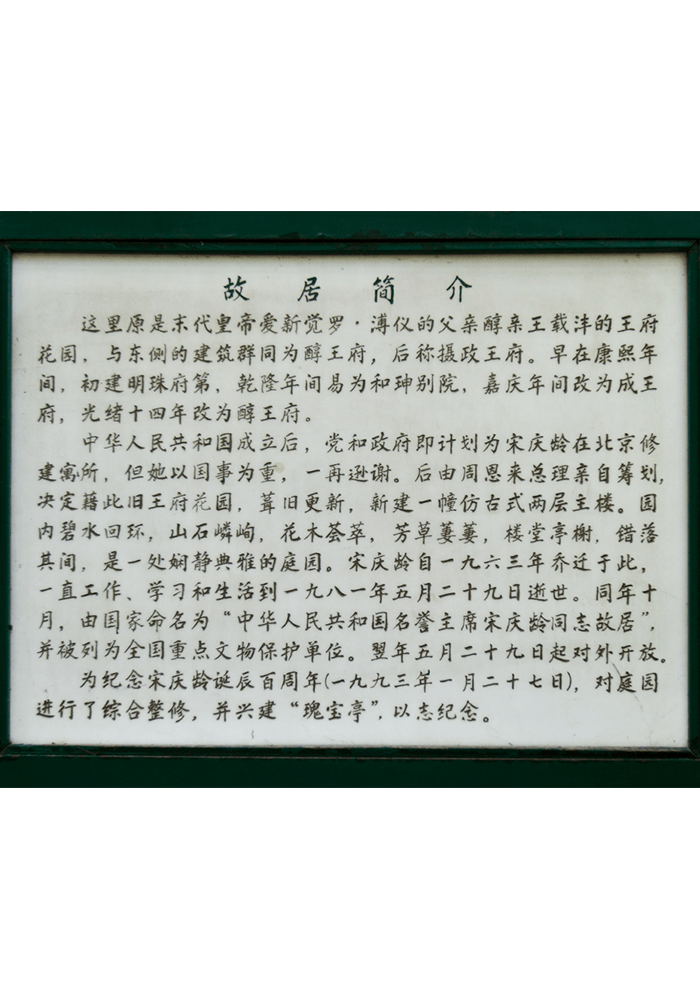
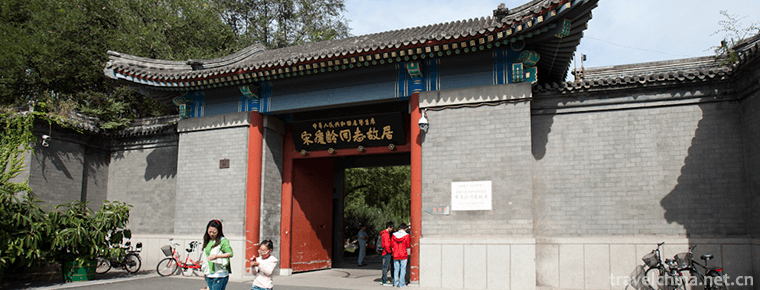
-
3.Black Valley Scenic Area
Black Valley, National AAAAA Tourist Scenic Spot, National Forest Park, National Geopark, China's Best Leisure Mountain, China's Best Green Low Carbon Tourist Leisure Spot
Time 2018-12-12 -
4.Jinhu Yang National Forest Park
Zepujin Lake Yang National Forest Park is located 40 kilometers southwest of Zepu County in the Gobi Depth, located in the upper edge of the Yerqiang River alluvial fan
Time 2019-01-23 -
5.Legend of Boya Period
"When the evidence of the legendary place of Bo Yazi Period was found in Hanyang, I knew that it was hopeful to apply for the national level!" Yesterday, the reporter learned from the Provin
Time 2019-04-04 -
6.Bouyei Leyou
Le You and Le Lang are Buyi oboe gas song instruments. They resemble suona, bowl-less, insect whistle playing, bright and sweet timbre. It can be used for Solo or singing accompaniment
Time 2019-04-04 -
7.Amber carving
Fushun Amber, a special product of Fushun City, Liaoning Province, is a national geographical indication product of China.
Time 2019-05-03 -
8.Pumi rubbing
Pumi nationality rubbing "rubbing consultation" is Pumi language, "rubbing" means dancing, "rubbing" means dancing, that is, dancing. When dancing, the leader strikes the
Time 2019-06-09 -
9.Laozi Shandong Province
Shandong Laozi is a traditional opera art form which spreads in Shandong Province. It evolved from the ancient "lotus flower falls". Laozi instruments are mainly cymbals (commonly known as G
Time 2019-06-13 -
10.Shiwan Ceramic Sculpture Technology
Shiwan pottery sculpture has a long history. It first appeared in the Eastern Han Dynasty. It reached its peak in the Song Dynasty. After the founding of New China, the manufacturing level and artisti
Time 2019-06-15 -
11.Capital Normal University
Capital Normal University (Capital Normal University), World class discipline construction universities , Ministry of Education of the People's Republic of China And Beijing Municipal People's Governm
Time 2019-09-22 -
12.Evolution of Chengdu Giant Panda Base
Chengdu Giant Panda Breeding Research Base is established on the basis of raising, treating and breeding giant pandas in Chengdu Zoo. In the 1980s, Fargesia FRIGIDA in Qionglai mountains blossomed and died. Some giant pandas were rescued and concentrated in Chengdu Zoo for lack of food and hunger.
Time 2020-12-13